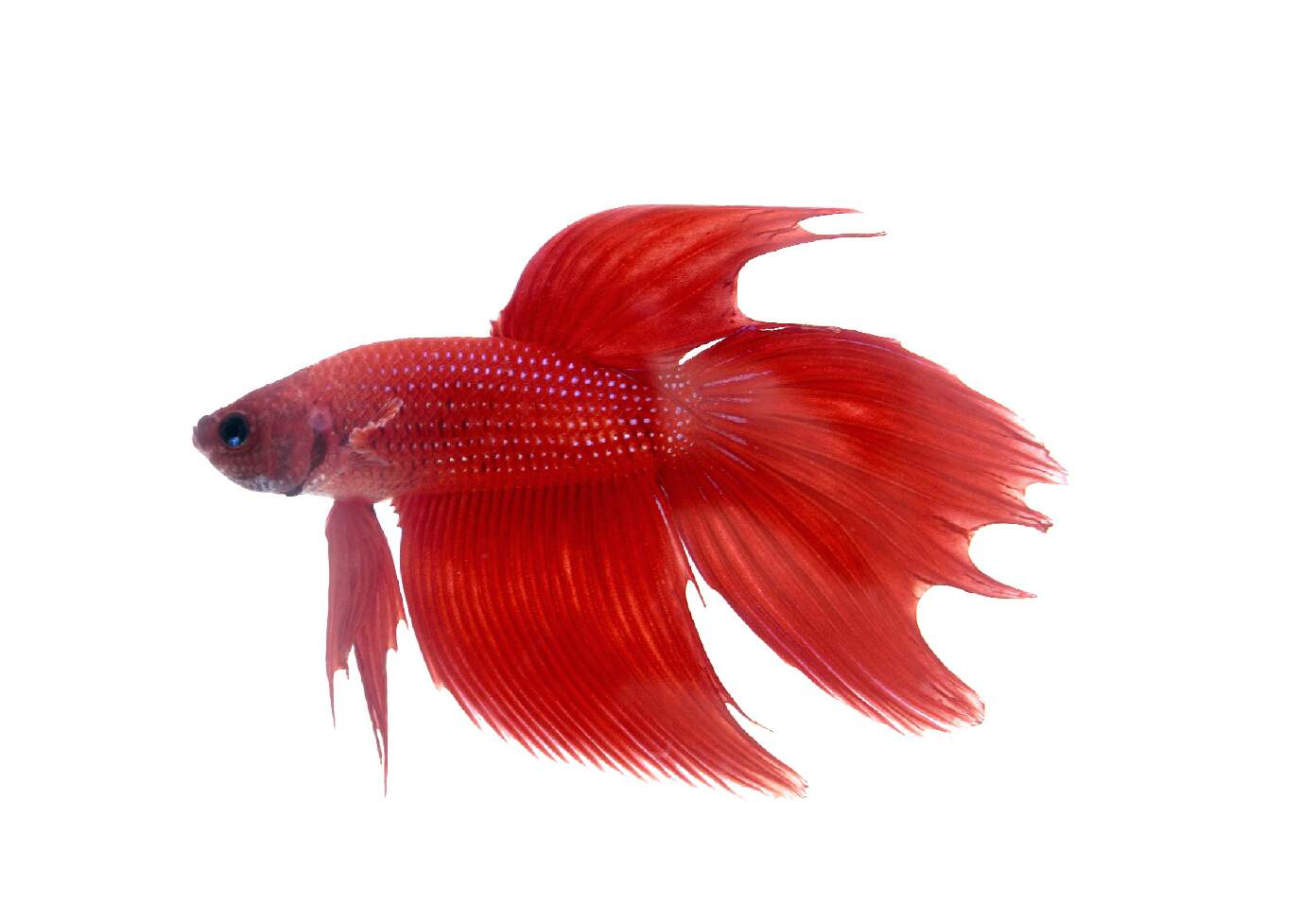Betta Fish Diet Plan: What to Feed Your Betta for Ideal Health And Wellness
Betta Fish Diet Plan: What to Feed Your Betta for Ideal Health And Wellness
Blog Article
How to Reproduce Betta Fish Successfully: Expert Techniques and Insights for Hobbyists Looking to Increase Their Betta Collection
Reproducing Betta fish needs a nuanced understanding of genetics and ecological problems, making it important for enthusiasts to approach the procedure with both diligence and care. Developing an optimal reproduction atmosphere, picking the right sets, and observing the details of their courtship habits are foundational actions that can considerably influence the result. In addition, the subsequent treatment of the fry is essential for ensuring their healthy and balanced development. As we explore these vital components, it comes to be clear that successful reproduction is not just concerning the initial pairing however encompasses a wider strategy that advantages mindful consideration.
Understanding Betta Fish Genetics
Comprehending the genes of Betta fish is critical for successful breeding, as it influences attributes such as shade, fin shape, and behavior. Betta fish exhibit a diverse variety of shades and patterns, greatly determined by their genetic makeup. The primary genes accountable for pigmentation consist of the "B" genetics for blue, "D" genetics for red, and the "C" genetics for shade strength. Dog breeders can adjust these attributes by picking particular parent fish that show wanted features.
Along with coloration, fin morphology is one more substantial element of Betta genes (betta fish). The shape and size of fins are affected by various genetics, consisting of those that identify whether the fins are short, long, or veil-shaped. Recognizing these genetic variations helps breeders anticipate the phenotypic end results of their offspring
Moreover, behavior traits such as aggression and territoriality can also be influenced by genetics. These habits play a vital function in the breeding process, as they can affect generating success and the overall personality of the resulting fry. By comprehensively understanding these hereditary concepts, breeders can make enlightened choices, eventually enhancing their breeding programs and achieving desirable results.
Preparing the Reproduction Setting
Creating an optimum breeding atmosphere is crucial for the successful reproduction of Betta fish. The initial step in preparing this setting is to choose a suitable breeding storage tank, preferably ranging from 5 to 10 gallons.
Next, take into consideration using a sponge filter or an air rock to provide mild water blood circulation without creating solid currents that can stress the fish. It is important to set up plants or breeding cones to provide concealing areas and advertise convenience for the woman throughout the spawning process. Floating plants, such as Java moss or water sprite, can also produce a much more natural atmosphere while assisting in bubble nest structure by the male.
Before presenting the reproducing sets, make certain the water is conditioned and devoid of damaging chemicals, such as chlorine or heavy steels. betta fish. Routine water modifications should be conducted to preserve optimal water top quality, enhancing the possibilities of effective breeding. With these prep work in position, the breeding environment will support the health and wellness of both Betta fish
Choosing Reproduction Pairs
Choosing the ideal breeding sets is vital for attaining effective Betta fish recreation. Healthy and balanced Betta fish show vivid colors, clear eyes, and active actions.
Character is one more vital factor to consider, as Betta fish are known for their hostile nature. It is advisable to select a man and female that display compatible personalities to lessen anxiety during the reproducing process. A calm male can encourage a smoother courtship, while a visite site lady that is too hostile might interfere with the procedure.
Genetic background also plays a significant role in the high quality of the spawn. Reproducing fish that are genetically varied can decrease the risk of hereditary health and wellness issues and enhance the total vitality of the fry. It is useful to investigate the lineage of both the male and lady, focusing on desirable attributes such as fin type, shade patterns, and dimension.
The Reproduction Process
The breeding procedure of Betta fish needs mindful planning and attention to information to ensure a successful result. At first, it is important to prepare a suitable reproduction storage tank, preferably a 5-10 gallon aquarium with a temperature preserved at 78-80 ° F. The storage tank ought to be outfitted with a heater, filter (preferably sponge type to avoid strong currents), and lots of marine plants for the lady to conceal.
Once the environment is established, present the chosen breeding pair to the storage tank, enabling them to adjust. Observe their behavior; the male will certainly display intricate courtship look what i found routines, consisting of flaring his fins and developing a bubble nest. If the lady shows interest, she will display vertical red stripes showing preparedness for spawning.
When the lady is responsive, the pair will certainly engage in a mating embrace, throughout which the male feeds the eggs. Keeping ideal water problems throughout this period is crucial for the development of healthy Betta fry.
Taking Care Of Betta Fry

Feeding Betta fry is vital, as they need a diet high in protein. They can be fed infusoria or fluid fry food, transitioning to finely crushed top notch pellets as they expand. Feed small sections numerous times a day to motivate healthy development without straining the tank with leftover food.

As they develop, monitor their development carefully and separate any kind of aggressive individuals to avoid harm. By supplying a supporting environment and appropriate nutrition, enthusiasts can successfully raise Betta fry into vibrant, their website healthy fish, ultimately enhancing their reproduction undertakings.
Verdict
Effective Betta fish breeding calls for meticulous interest to hereditary option, environmental conditions, and care for the fry. By understanding the genetics of Betta fish and preparing an appropriate reproduction setting, hobbyists can enhance the possibilities of producing dynamic, healthy spawn.
Report this page